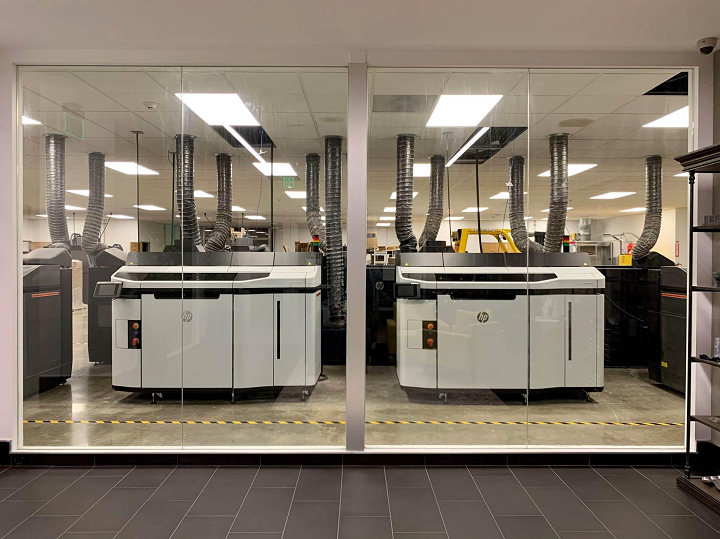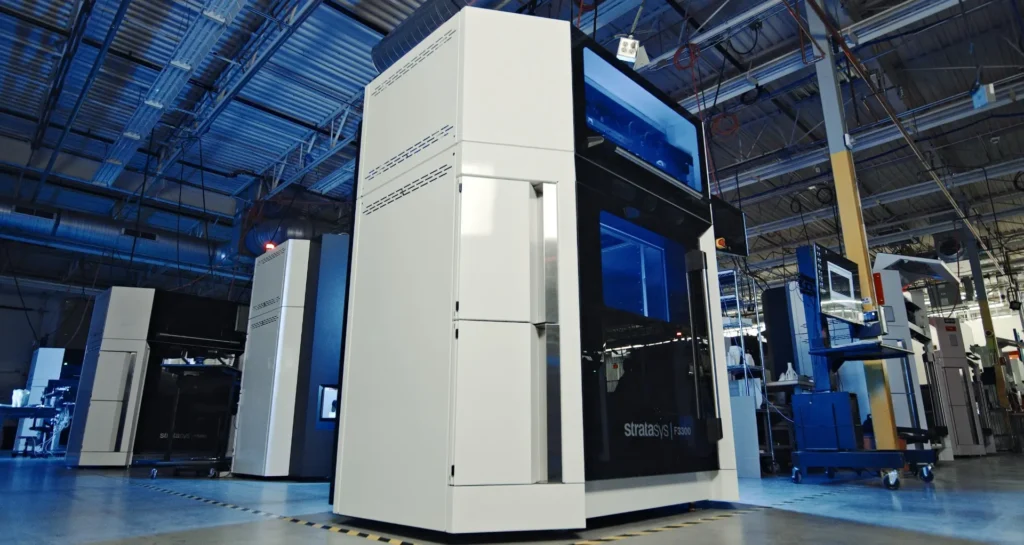Will Stratasys Merge with HP? – Dream Mergers and Acquisitions
In the first quarter 2024 earnings call for Stratasys (Nasdaq: SSYS), Cantor Fitzgerald analyst Troy Jensen hinted at a potentially game-changing future for the company, saying:
“I personally believe you guys had a lot of executives out in Barcelona. We’re expecting to hear more about, you know, the strategic review update. So, I know you kind of touched on it briefly on your prepared remarks, but is there any more color, you can talk about here about when you guys plan to really kind of do something on the strategic review?”
In response, Stratasys CEO Yoav Zeif said:
“As for the strategic review, you know, we are precluded from sharing any details. What I can say on the strategic review is that we are engaging, we are making progress, and, of course, we will update when it will culminate.”
We started 2024, with Zeif urging consolidation in the 3D printing market at our Additive Manufacturing Strategies event. Not only Zeif, but others were calling for consolidation. Across the board, people are souring on SPACs, VC investment seems to be reduced, and capex is lower than in the past. These headwinds suggest that a lot of startups are running out of money. Consolidation would either see the large players buy up many smaller firms or merge with each other. There was talk of a Desktop Metal and Stratasys merger, a sale to Nano Dimension, and a tie up with 3D Systems, as well. However, there are more options out there.
Barcelona: The Logic of a Stratasys and HP Merger

The 2 new HP 5210 Multi Jet Fusion 3D Printers [white] at GoProto’s San Diego, CA location (existing 6 HP 4200 MJF printers are in the background [black]).
The main argument here is that the resulting unit would be the biggest and able to outcompete on scale and scope. It may be great for Stratasys shareholders, who have had to be rather patient over the past few years. Increased financing should be available, and a large unit could push the technology forward in a way that smaller companies could not. It seems logical to see how a larger firm would be more able to industrialize additive manufacturing with the likes of Toyota. Perhaps larger firms would be more likely to work with a financially stable, large player like themselves, but we do not yet know the extent of that effect.
Would this Merger Be Good for the Industry?
I’m not sure that this would be all that good for our industry. It would wreak havoc on resellers, and it’s unclear if Stratasys’s salesforce and resellers could effectively push MJF. How much faster could a complex conglomerate grow compared to single technology firms that are more focused? There are diseconomies of scale with larger firms as well. At the same time, we’d be very dependent on three companies: EOS, Stratasys, and 3D Systems. This would reduce the number of exits and partners that we could all have. Consolidation for consolidation’s sake would not benefit anyone.
I just do not know if a full portfolio firm will truly manage to be a single partner for every large corporate’s 3D printing needs. It all hinges on this. If Toyota would prefer one single 3D printing partner and this ignites a lot of service deals, materials revenue, and cross-selling, then this will be successful. But if different business units and leaders prefer to just select their own machines and vendors, then such growth wouldn’t occur. On the whole, I just can’t be sure at this moment, but I’m worried.
Is this a good deal for the parties?
If HP were to buy Stratasys, it would gain a portfolio of materials and become the logical leader in polymer 3D printing. If it could then bulk up with a metal powder bed fusion player, it would be the heir to the 3D printing throne. If its price wouldn’t be too excessive, it would seem to be a good deal for them. Stratasys’ market cap is currently $640 million, which is around what it wanted to pay for Makerbot, so it seems like a steal if the premium is within market norms. Eventually, profitability would result given the overall growth of the market and the company’s dominant position across segments. HP’s shareholders would have to be a bit patient but ultimately would be rewarded with a large position and revenue from an industry that grows between 10 and 30% a year. HP could become the primary 3D printing partner for small and large businesses over time. For Stratasys shareholders, this seems like it could work out well if the premium was good. But, Stratasys selling itself to HP is not the only possibility.
Another If: Stratasys Could Buy HP´s 3D Printing Division
Another option is for Stratasys to buy HP’s 3D printing unit. This seems less likely, but it could also happen. With the right financiers, Stratasys could get the backing to do something like this. Israeli investors may especially find it attractive to cement Stratasys’ leadership in the space, given the myriad of defense applications 3D printing entails. At the same time, HP’s leadership could have very well been bedazzled by AI or quantum computing. These new areas could seem much sexier and closer to the PC business than 3D printing. For them, a stake in a public firm that leads in 3D printing could free up cash and focus to tackle the future of personal computing. At the same time, this stake could independently grow to be of considerable value in due time.
Conclusion
I’m worried that we’d have fewer chances at success and we’d be more dependent as an industry on fewer players. For shareholders and those in charge, a Stratasys and HP merger could make a lot of sense. However, I’m just unsure what value it would bring to the industry as a whole.
Subscribe to Our Email Newsletter
Stay up-to-date on all the latest news from the 3D printing industry and receive information and offers from third party vendors.
Print Services
You May Also Like
New Business: Temporary, Migratory, & Modular 3D Printed Architecture
If we look at potentially emerging 3D printing businesses, then architecture has not been fully explored. Yes, there is a lot of house 3D printing going on worldwide. From deployable...
3D Printing News Briefs, April 19, 2025: Material Extrusion Standard, Metal Powder, & More
In today’s 3D Printing News Briefs, we’re covering a proposed standard for material extrusion, before moving on to business and metal powder. We’ll end with a commercial store’s robotic 3D...
Japan Unveils World’s First 3D Printed Train Station
Japan is now home to what we believe is the world’s first train station built with 3D printing technology. Located in Arida City, just south of Osaka, the new Hatsushima...
restor3d Raises $38M to Expand 3D Printed Orthopedic Implants
Backed by $38 million in new funding, restor3d is pushing ahead with the launch of four personalized implant lines, set to roll out in 2025 and 2026. This latest venture...



























